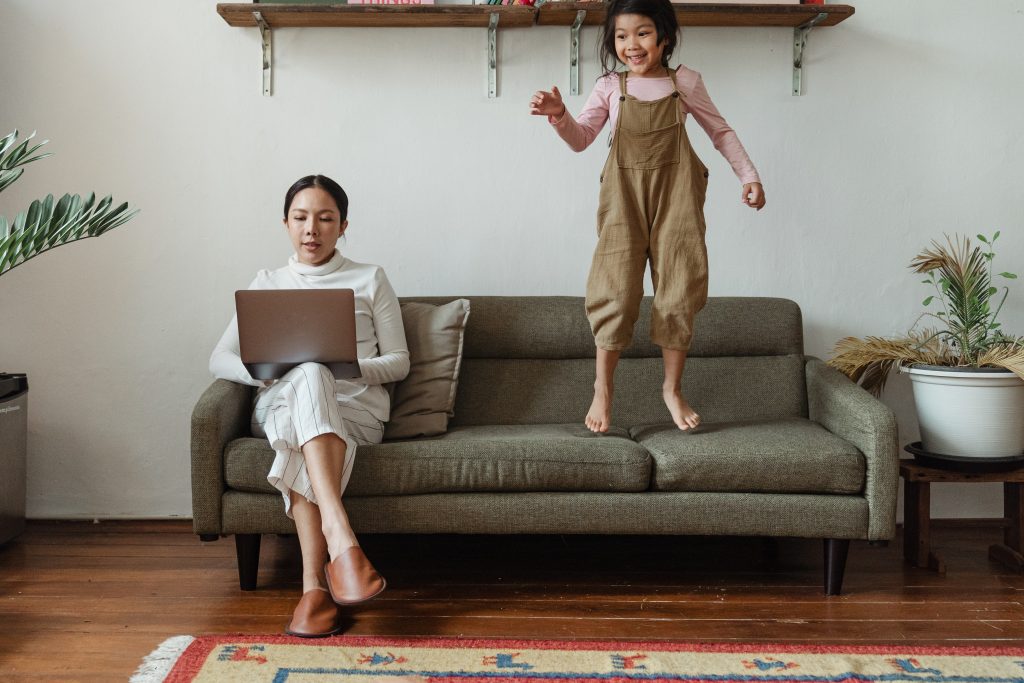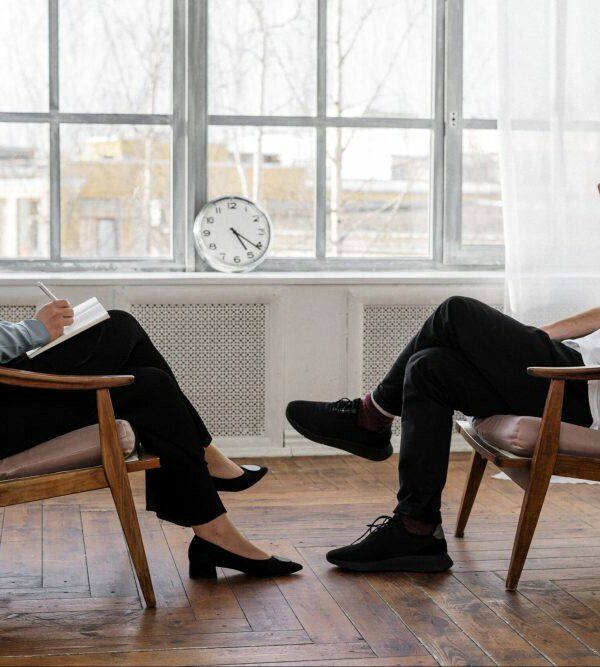Minimalism emerged in the late 1950s when modern artists began creating sparse and minimally-detailed works that commented on the power that freeing oneself from excess can have. Interior designers quickly caught on to the concept and an international trend begin to emerge.
The movement gained huge popularity as those from all walks of life commonly identified with the feeling of being weighed down by their belongings. In strong contrast to previous generations, many people embraced a decluttered home space in the place of one that flaunted their apparent successes.
Table of Contents
Going Beyond Physical Minimalism
Typically, minimalism is associated with physical spaces (like your home or office). However, our lives very much exist beyond the walls of our homes and the doors of our closets. Our relationships with others and the activities we engage in each day are significant contributors to our mood, health, and general wellness.
Contrary to what the world of consumer marketing would have us believe, how we feel is not solely determined by what we own. Walking into a tidy space can certainly ignite a sense of authentic joy for many. But even the most effective and well-executed feng shui practices cannot balance out a job we hate or a relationship that is making us miserable.
In order to access deeper peace within ourselves and connect to richer health and wellbeing, we need to take a more detailed look at how we choose to live. Reflecting upon the activities we regularly engage in is a great way to start doing so.
How do you actually spend your time? What tasks do you carry out most frequently in a typical week? How do you set up your workweek and daily habits? The answers to these questions may actually surprise you when you allow space and time to really think through them.
Routine can blind us in many ways. It can be easy to fall into certain habits, and to just accept what is causing us discomfort without questioning it. We can become accustomed to discomfort and begin picking up vices and comfort soothers to counteract our pain.
For example: perhaps you love your job but hate the long and depleting commute it requires. As a result, you begin to regularly self soothe with reality television, numbing your mind when you arrive home in an effort to rid yourself of the irritation that your twice-daily journey causes you.
In this instance, the problem is not the job itself. The issue is the state of unease that the traveling time to-and-fro presents. The long-term effects of this particular situation go beyond a need to mentally disconnect each night with some gentle brainless television time.
The True Cost of Stress (and What to Do About It)
Engaging in tasks that cause our emotions to flare and bodily-tension to spike causes our nervous system to release a flood of stress hormones. Over time, long-term activation of the stress-response system and overexposure to cortisol will inevitably disrupt our body’s natural balance.
The result of such imbalances are wide-ranging, from immune system suppression, chronic illnesses, fertility issues, skin complaints, and even cardiovascular damage. In short: regular doses of stress can be a significant threat to our wellbeing and are worthy of our attention.
So… what can we do to lessen the number of stressors in our lives? How can we take stock of what is present in our lives and identify which activities (or people) we need to engage with less to improve our wellbeing? Thankfully, this is where mindful minimalism comes into action!

What is ‘Mindful Minimalism’?
When the pioneering artists and designers of the 1950s practiced the newly established practice of minimalism within their various art forms, they worked closely with their inherent sense of intuition. They observed the work they were developing and considered where and how it could be simplified.
In order to authentically apply the key principles of minimalism to our daily experiences, we must apply the same sense of intuition. We all have an emotional response of some kind relating to everything we do. From the feel-good glow we experience when we spend time outdoors to the rush of positivity we enjoy when in the company of a great friend, our instincts guide us.
Our gut is the key player when considering what elements of our lives we would like to keep and which ones might be due for an exit. It’s not about making snap decisions. Authentic decision-making is cultivated from quality time spent considering each item, just as we might pause to try on an item of clothing when considering whether it’s time to give it away.
Where To Start?
Start out by making a bullet list of the regular activities you might typically engage in on a weekly basis. These can be as significant as your job or as minor as sitting and watching YouTube channels during the evenings. Next, ask yourself the following questions regarding each task:
- How do I feel after I spend time on this activity?
- Is this a necessary task/activity?
- What value does it bring to my life?
Answering these questions will help ascertain the role each activity or task plays in your life. Something might strike you as an element you can develop or improve upon over time. Or you might realize that something doesn’t bring value to your life and that it’s time to let it go.
If you’re struggling with feelings of attachment from force of habit or external obligation, this is completely natural. It can feel challenging to make changes in our lives, no matter how small the adjustment might be. If you find yourself holding back, return to the answers you came up with during the previous step. Your feelings are valid and should be respected as such.
When it comes to relationships, it can sometimes feel less straightforward. You might have friendships in your life that have existed for a long time. Or you might be in a long-term partnership that doesn’t offer you the value it used to. It can be tricky to identify which connections to let go of.
Reflect upon how you feel directly after spending time in the company of someone. Do you feel uplifted and the very best of yourself? Or do you feel self-conscious and uncharacteristically reactive?
Listen To Your Gut
Our intuition exists within us to keep us safe from harm. Consider your gut your navigational compass, helping you to know where to head next on your personal journey. If you are regularly feeling unhappy or frustrated due to a relationship in your life, then it may be time to move on from it permanently.
Maybe an element in your life can be nourished in order to change its energy for the better. Perhaps that friendship that seems to always require more effort from your side could benefit from an honest conversation about how things are. Maybe things really can change. However, if someone is unwilling to work on an issue, then it might be time to move on.
The more you practice mindful minimalism, the easier it will become. In the same way that after you’ve decluttered one room in your home the more straightforward it is to apply the same method to another space entirely. As you continue to develop your sense of personal intuition, decision-making will become altogether much more natural.
The purpose behind this approach is fundamentally to place your mental health at the forefront. You deserve to enjoy your daily experiences. We cannot prevent calamities and challenges from occurring—such is the nature of life. However, we can put practices into place that encourage positivity and that lessen harmful stressors.
The fact that you are here reading these words at this very moment demonstrates your willingness to give your health and wellbeing the support you are entitled to. The tools contained within this article along with a desire to make positive change are really all you need to see the authentic transformation you desire.
Take a nourishing breath deep into your lower belly. Slowly breathe out as you roll back those shoulders. Remove any tension you might be holding in your jaw and soften your gaze as you look around you. You are ready to evolve your daily experiences and to peacefully remove what no longer serves you. Doing so will leave infinite capacity for what’s most important.
Now, what are you waiting for? Go ahead and step boldly into the task of mindfully clearing away what no longer belongs in your space. It could be the very best wellness practice that you introduce this year.
Enjoy the ongoing journey!
About the Author
Helen Victoria is a professional writer and relationship wellbeing expert. She specialises in writing about how to build healthier love that lasts. Her work can be found on her website and over on Instagram: @livingliberte.
PIN IT:


Image Credits: Tatiana and Ketut Subiyanto




